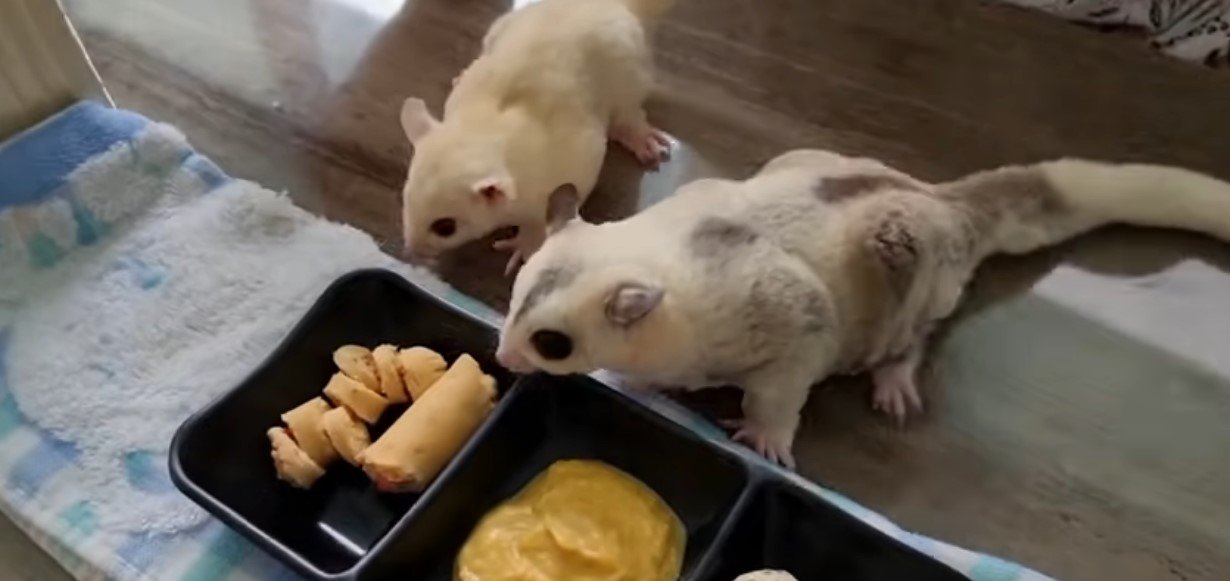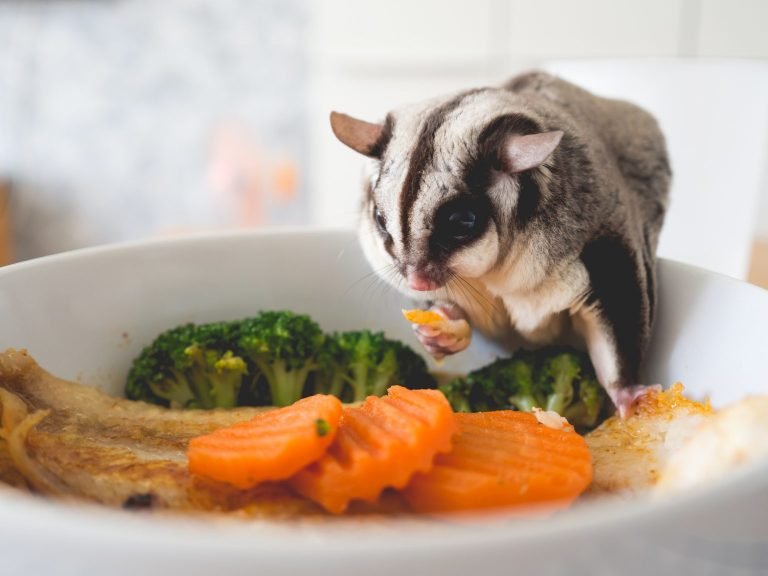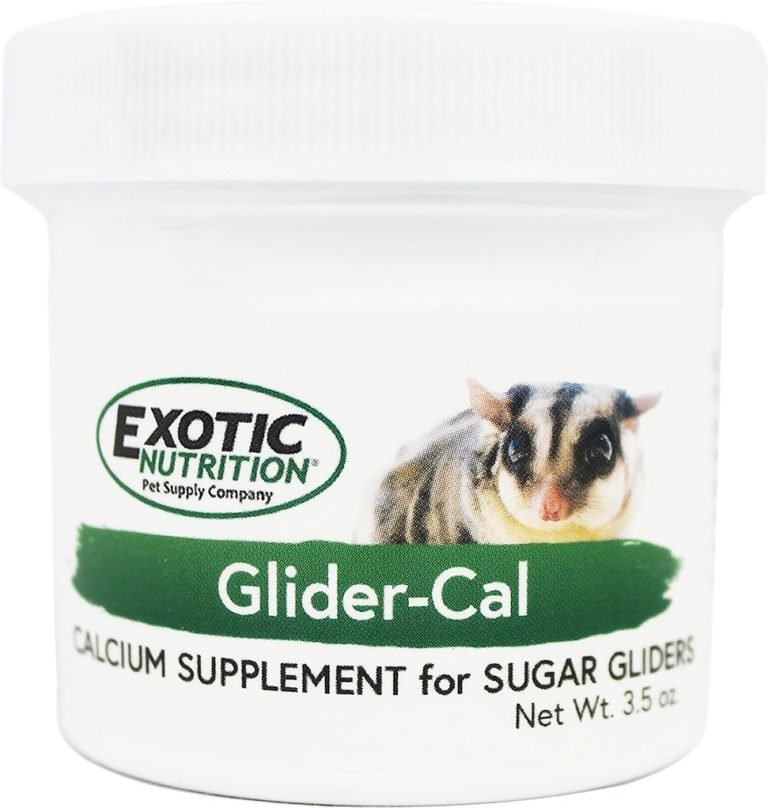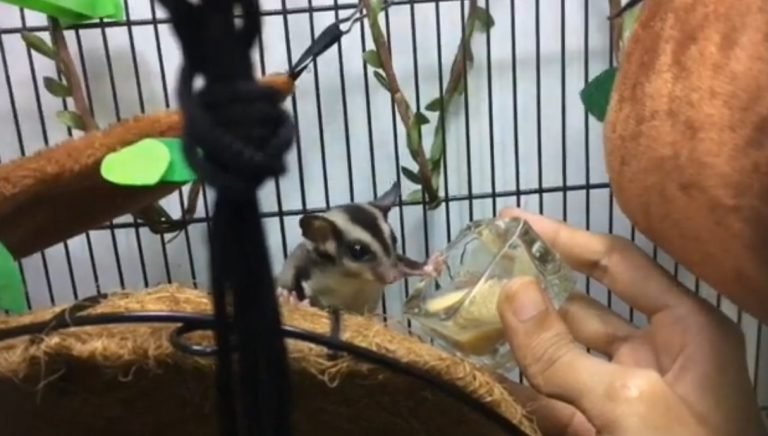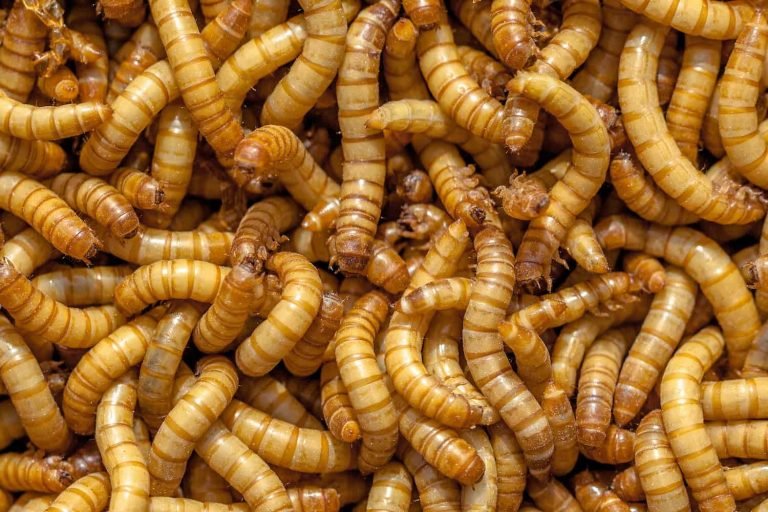How Do Sugar Gliders Get Their Food
How do Sugar Gliders Get Their Food?
Sugar gliders are adorable marsupials native to Australia, known for their energetic nature and the ability to glide through the air. But have you ever wondered how these fascinating little creatures find their food in the wild? In this article, we will dive into the world of sugar gliders and explore how they forage for their meals.
Sugar gliders primarily feed on a diet of insects, nectar, sap, and sweet fruits. They have a unique foraging behavior that involves both active hunting and scavenging for food. Let’s explore how they obtain these essential nutrients to sustain their energetic lifestyle.
Hunting Insects in the Canopy
One of the primary ways sugar gliders acquire their food is by hunting insects in the treetops. With their keen sense of smell and excellent vision, they can locate small insects such as beetles, spiders, and moths hiding among leaves and tree bark. They use their sharp claws and teeth to catch and devour their prey, ensuring they get a good source of protein and fats.

Nectar and Sap Feasting
Sugar gliders also have a sweet tooth when it comes to their diet. They are attracted to the sugary secretions of certain plants, such as eucalyptus, acacia, and melaleuca. These marsupials can access the plant’s nectar by using their slender tongues. Apart from nectar, they will also lick sap oozing from tree wounds, which provides them with additional nutrients and energy.
Fruit Feast
Sugar gliders rely heavily on fruits as a source of their daily nutrition. They have a strong preference for sweet-tasting fruits like apples, grapes, bananas, and oranges. Due to their small size, they don’t need a large quantity of food to satisfy their nutritional requirements. Instead, they eat small portions of multiple fruits to diversify their diet and ensure a balanced intake of vitamins, minerals, and natural sugars.
Scavenging for Opportunistic Meals
In addition to actively seeking out their preferred food sources, sugar gliders are also opportunistic feeders. They scavenge for food left behind by other animals or feast on the remains of fallen fruit on the forest floor. This behavior helps them supplement their diet and maximize their chances of obtaining sufficient nutrients needed for survival.
Hanging Precariously for Food
Sugar gliders have a unique ability to hang from their hind legs, using their tail as a balance while using their front paws to manipulate and consume food. This hanging posture allows them to access food sources that would otherwise be difficult to reach. By twisting and rotating their bodies, they can nibble on fruits or insects while maintaining a stable position, showcasing their remarkable agility.
Frequently Asked Questions
1.How do sugar gliders drink water?
Sugar gliders get most of their hydration from the moisture present in the food they consume. Fruits, nectar, and sap all contain a significant amount of water, helping sugar gliders meet their daily water requirements. However, they may drink small amounts of water when it’s available, either from natural sources like tree holes or from provided water sources if kept as pets.
2.What happens if sugar gliders don’t get enough food?
If sugar gliders don’t get enough food, they can suffer from nutritional deficiencies and become weak and vulnerable to various health issues. In the wild, a scarcity of food can also disrupt their reproductive patterns, resulting in fewer offspring being born and affecting the population’s growth and survival.
3.Can sugar gliders eat meat?
While sugar gliders are primarily omnivores, they rarely consume meat in their natural habitat. Their diet mainly consists of insects, nectar, sap, and fruits. However, in captivity, they may be offered small amounts of cooked lean meat or protein supplements to mimic their natural dietary needs.
Final Thoughts
Understanding how sugar gliders get their food gives us a deeper appreciation for these remarkable creatures. Their ability to adapt to various food sources showcases their resourcefulness and survival instincts, ensuring they find nourishment in their natural environment. Whether it’s hunting for insects, sipping on nectar, or munching on sweet fruits, sugar gliders have developed a diverse diet to fuel their boundless energy and thrive in the wild.

